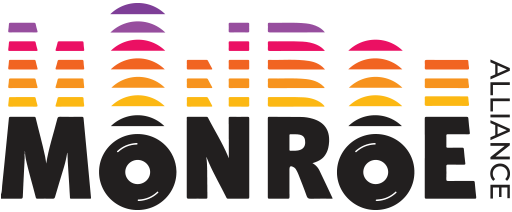Partner:
In the FELICIA project we conducted a feasibility study of latency-critical connected vehicle applications in today’s 3G/4G cellular networks. We used the MONROE mobile broadband measurement testbed to perform a series of multi-access measurement experiments on buses. The objective was to understand what network performance connected vehicles can expect in today’s mobile networks, in terms of transaction times and availability. The goal was also to understand to what extent access to several operators in parallel can improve communication performance.
For our study we used many of the key features of the MONROE testbed, including: vehicular measurements, multi-access experiments, active measurements in the nodes, the possibility to measure and compare the performance for several different network operators, the possibility to cover different geographical areas (both urban and rural) and carrying out experiments in different European countries.
In our experiments, mobile MONROE nodes on buses repeatedly uploaded warning messages to a stationary server. We measured transaction time and availability for three different protocols: UDP, TCP, and HTTPS. We always triplicated the messages and performed three transactions in parallel over three different cellular operators. This created a dataset with which we could compare the three operators in an objective way and with which we could study the potential for multi-access. For each transaction we also collected meta-data and studied how the transaction times correlated with access technology (LTE/3G) and signal quality.
We conclude that having access to several operators in parallel can substantially improve transaction performance for connected vehicles in today’s 3G/LTE cellular networks. The measurement results show large variations in transaction times for each operator, and it is not always the same operator that is the best. Multi-access can therefore considerably reduce the transaction times. The median transaction time in our experiments when sending a 5.6KB warning message was 135 ms over UDP, 193 ms over TCP, and 469 ms over HTTPS. Multi-access reduced those values down to 73 ms, 115 ms, and 343 ms, respectively. Furthermore, we used the triple-access dataset to evaluate single-access selection strategies, where one operator was chosen for each transaction. The results show that if we have access to three operators and for each transaction choose the operator with best access technology and best signal quality then we can significantly improve availability and transaction times compared to the individual operators. The median transaction time improves with 6% compared to the best single operator and with 61% compared to the worst single operator. The 90-percentile transaction time improves with 23% compared to the best single operator and with 65% compared to the worst single operator.
The FELICIA project results have been published in well-known scientific fora with open access proceedings; and a measurement dataset from the project is publicly available so that other researchers can use and build on the project results in the future.

